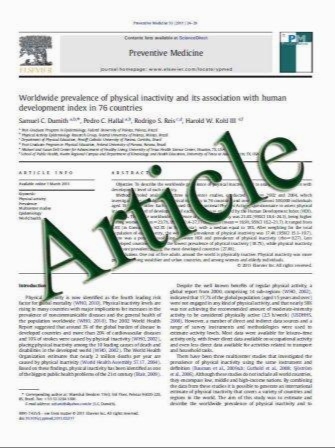Static rotational and sagittal knee laxity measurements after reconstruction of the anterior cruciate ligament
- نوع فایل : کتاب
- زبان : انگلیسی
- مؤلف : O. Lorbach • M. Kieb • P. Brogard • S. Maas • D. Pape • R. Seil
- چاپ و سال / کشور: 2011
Description
Purpose The goal of the present study was to evaluate static anteroposterior and rotational knee laxity after ACL reconstructions with two noninvasive measurement devices by comparing the measured results of the operated with the contralateral healthy knees of the patients. Methods Fifty-two consecutive patients were reviewed after isolated single-bundle transtibial ACL reconstruction using a BPTB graft. At a mean follow-up of 27 months, sagittal AP laxity was tested using a noninvasive knee measurement system (Genourob) with an applied pressure of 67 N, 89 N and 134 N. Rotational laxity was measured using a noninvasive rotational knee laxity device (Rotameter) with an applied torque of 5, 8 and 10 Nm. The results were compared with the measurements of the patients’ healthy contralateral knees. Tegner, Lysholm and IKDC score were used in order to evaluate the clinical outcome. Results Pivot shift was negative (33) or glide (16) in 49 patients with 12 of 16 (75%) patients having also a pivot glide on the healthy contralateral side; Lachman tests were negative in 50 cases. Subjective assessment of the IKDC score was classified according to categoryAin 44 patients, B in 5 patients and C in 3 patients. Mean Lysholm score was 94.5 ± 9.5, median Tegner score was 7 (3–9) preoperative and 6 (3–9) at follow-up (n.s.). Anteroposterior knee laxity measurements revealed mean side-to-side differences of 0.6–1.3 mm (P\0.0001). Rotational laxity measurements revealed no statistical significant differences between the operated and the contralateral knee (n.s.). The measured differences in the entire rotational range varied from 0.2 to 1 depending on the applied torque. In those 3 patients with a positive pivot shift, differences in the entire rotational range of 4.5 at 5 N, 4.6 at 8 N and 4.1 at 10 N were found. Conclusion Static knee laxity was quantified after ACL surgery using the introduced noninvasive measurement systems by comparing the measured results of the operated with the contralateral healthy knees. Significant differences were found in AP laxity although they were defined as clinically successful according to the IKDC classification. No significant differences were found in rotational knee laxity measurements. Therefore, the used noninvasive masurement devices might offer a high potential for objective quality control in knee ligament injuries and their treatment. Level of evidence Retrospective case series, Level IV.
Knee Surg Sports Traumatol Arthrosc DOI 10.1007/s00167-011-1635-5 Received: 1 February 2011 / Accepted: 20 July 2011


